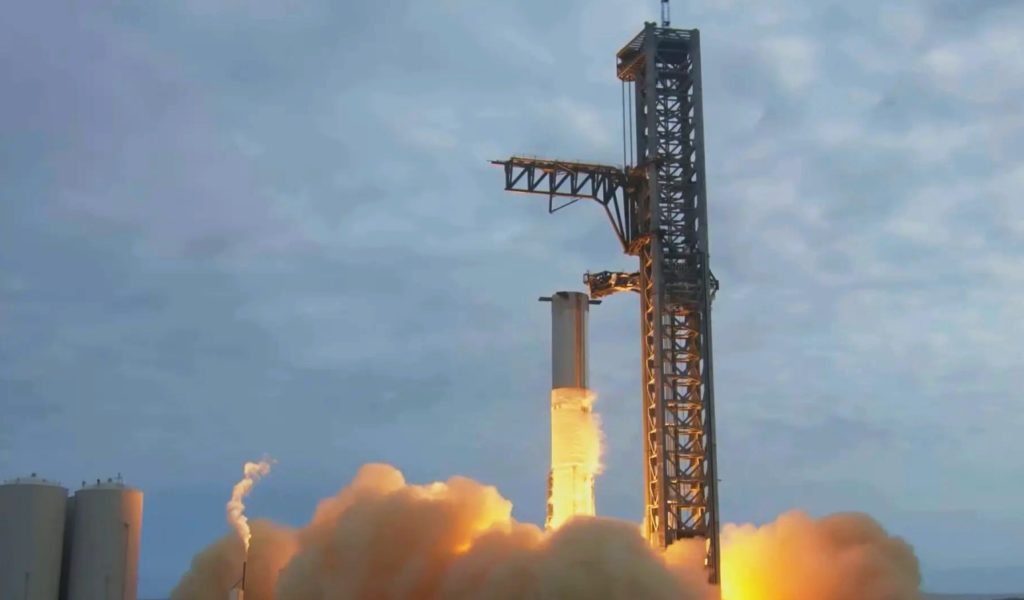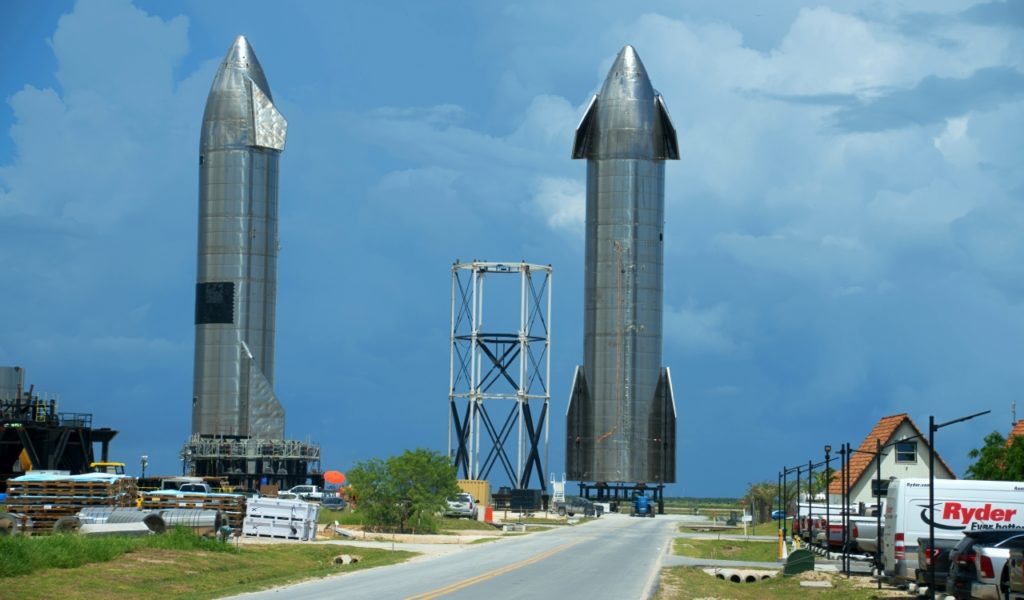If you have not heard by now, SpaceX is in the process of making and testing a “Starship Rocket.” This rocket is supposed to be fully reusable and operate as a heavy-lift launch vehicle. It stands 390 feet in height or roughly 120 meters. It also has more than two times the thrust of the Saturn V.
The design of this rocket is to be the most powerful launch vehicle to have ever been built by mankind. It would also be the very first to be completely reusable. There is also a plan to make partial to fully expendable variants as well.
The launch vehicle has a few stages in how it operates. At the first stage is the Super Heavy booster with the Starship being at the second stage. This second stage operates as a self-contained spacecraft that will carry both crew and cargo once in orbit.
Both of these stages will be powered by the infamous SpaceX Raptor Engines and burn liquid oxygen as well as liquid methane propellants in an efficient, full-flow staged combustion power cycle. Of course, both rocket stages are designed to be reused by landing vertically at a launch pad or separate platform.
While all of this is nice, we cannot see it do much in orbit without first being tested on Earth. That is exactly what took place this past week.
Testing The Rocket

Testing took place on Thursday in South Texas. 31 of the 33 first-stage booster engines were ignited at the same time for roughly 10 seconds. The team turned off one engine before sending the firing command, where another engine shut down.
SpaceX owner Elon Musk tweeted about the test, claiming that these “[were] still enough engines to reach orbit.”
The major booster remained anchored to the pad as planned during this test. Luckily too, there weren’t any signs of major damage to the launch tower, which is always good news.
Musk claims that the first orbital test flight for the Starship could take place as soon as this March. That’s only if tests and analyses of them go well, along with other remaining preparation work.
Keep in mind that only the first-stage Super Heavy booster was tested this past week. This alone stands at 230 feet or 69 meters tall. The impressive second stage, which is the part that will actually do the landing phase, was in the hangar being prepped for flight during this test.
Plans For The Starship

The United States NASA team is heavily counting on SpaceX to get things right, with testing needing to be as perfect as possible. They will need the Starship to ferry their astronauts to the surface of the moon in a few years as part of their Artemis Mission.
This is a program that will be testing out a ton of new space exploration technology, with the Artemis 1 Mission recently going incredibly well for NASA. Yet it is also all about setting up future space exploration.
The Artemis Mission involves both robotic and human exploration of our Moon in current plans. However, NASA wants to use the SpaceX Starship to send crowds to Mars eventually too.
The end goal is to likely put a base on the Moon. One that NASA as well as other national space programs will use as sort of a halfway point. It’ll likely be crucial for missions to other planets in the future like Mars or major moons, such as Saturn’s Titan Moon.
The Starship is going to be a big part of these moves by NASA and other space programs. Overall, the Starship generates 17 million pounds of liftoff thrust, which is double NASA’s last moon rocket that sent just an empty capsule to the Moon and back during the Artemis test.
SpaceX has been making the Starship a major priority for the last few years now. In fact, they fired up to 14 engines this past fall and completed a fueling test at the pad in January. This last test was a huge jump for them and things seemingly went pretty well. Let’s hope future tests go well too.